A Edible Food Forest in the Bronx
By Megan Walls
The Bronx River Foodway is a hidden gem inside Concrete Plant Park in the South Bronx. The Foodway is an edible food forest, managed by the Bronx River Alliance, which aims to reconnect residents to land use in the city. Established in 2017, it offers edible and medicinal plants to the community: herbs, vegetables, echinacea, and nuts.
Foodway coordinator Nathan Hunter is in the park on Tuesdays and Saturdays from 10am to 12pm, pulling weeds, laying down mulch and woodchips, and tending to the plants within the garden. The team invites the public to lend a hand in volunteer events in which they allow residents to harvest what they can from the plants to take home.
Concrete Plant Park is located between Westchester Avenue and Bruckner Boulevard in the Longwood section of the Bronx. It was as a factory from the late 1940s up until 1987. By September 2009, the area was transformed into a park. On October 30, 2009, the public was able to access the space.
On October 8, 2022, residents gathered for morning volunteer service. The park’s entrance is awash with vibrant colors alongside the 6 train.
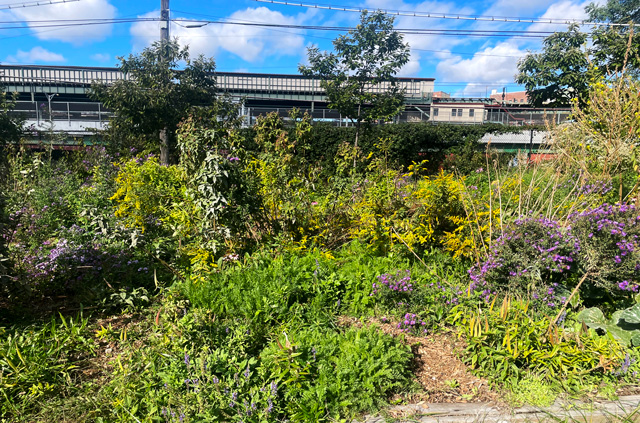
Colorful murals on the side of a shed, part of the urban-natural scene.
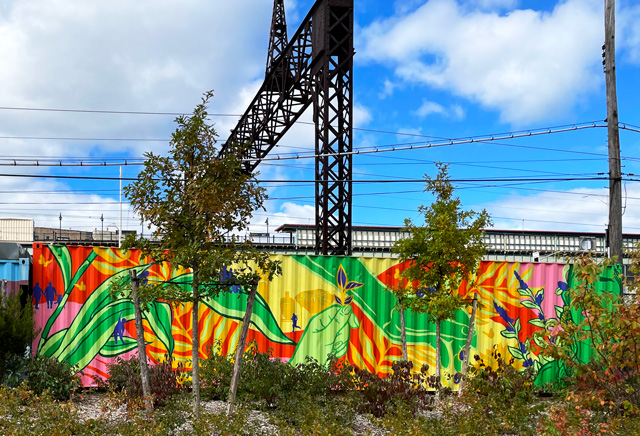
Deep inside the shed was a surplus supply of materials needed not only for the coordinator Nathan Hunter, but also for volunteers.

Two shovels, and a rake in what is known to gardeners as double ground mulch.
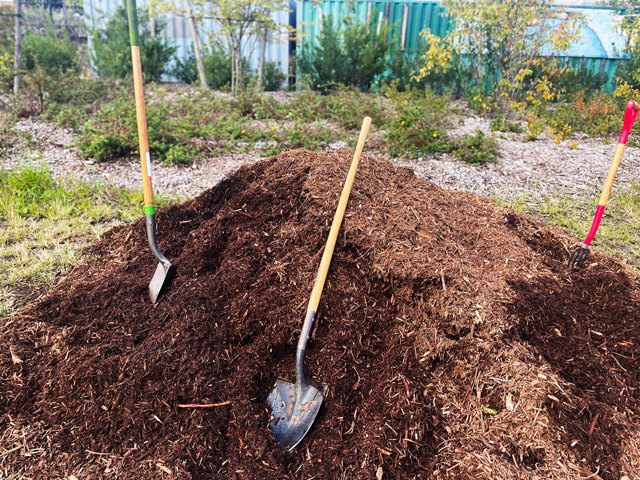
A pick mattock is then utilized to uproot weeds to make space for laying the double ground mulch.

The weeds are placed in a wheelbarrow after being shoveled and raked.

The plant known as mugwort. The scientific name for the mugwort plant is Artemisia Vulgaris, and it is also a part of the Asteraceae family.
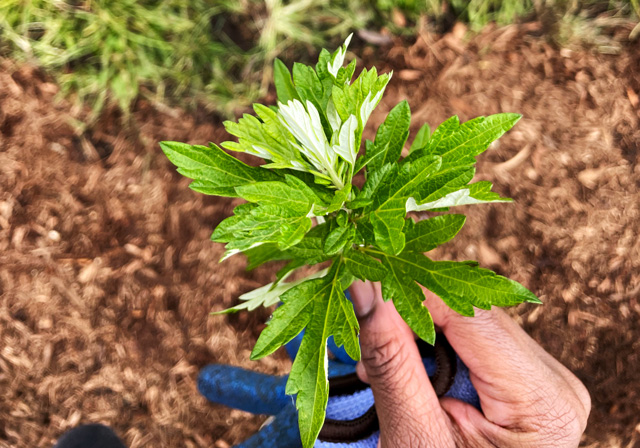
The plant Stachys Byzantina better known as “lambs ear.”
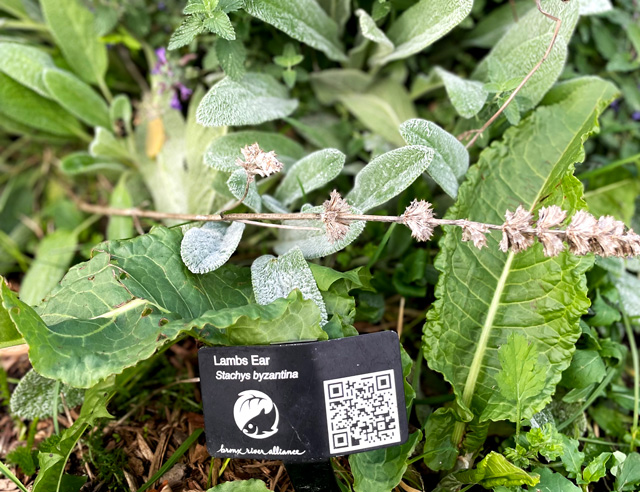
The texture of the Lambs Ear is very soft and plush.
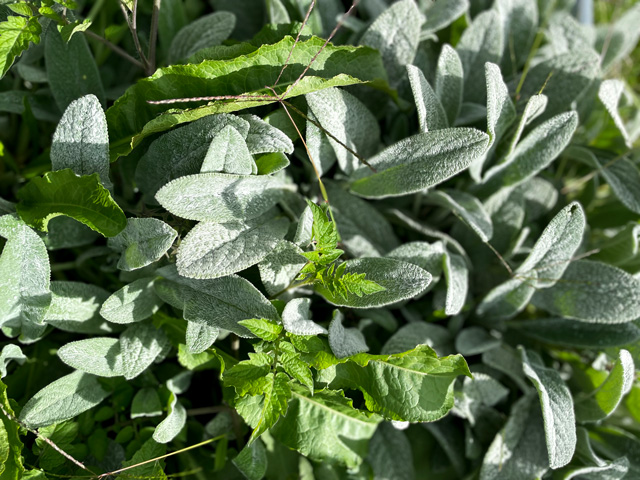
Bringing some color into the garden are these aster plants, which are also a part of the Asteraceae family.

A slightly different variation from the aster flower. This lighter purple version falls under the name Monch Aster.

A bit of an oddity, and a standout plant from the others, is the Paracress, which is also commonly known as the toothache plant. It has the ability to work as a numbing substance wherever you place it.
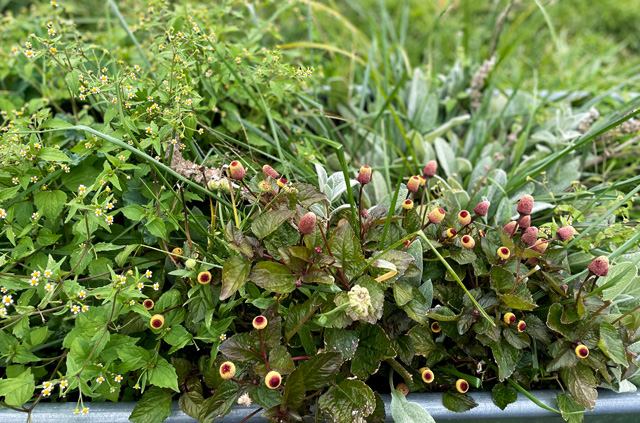
A grapevine was also one of the stand out features in the park.

After volunteers finished working, Hunter provided homemade brewed tea, using fresh herbs from the garden.
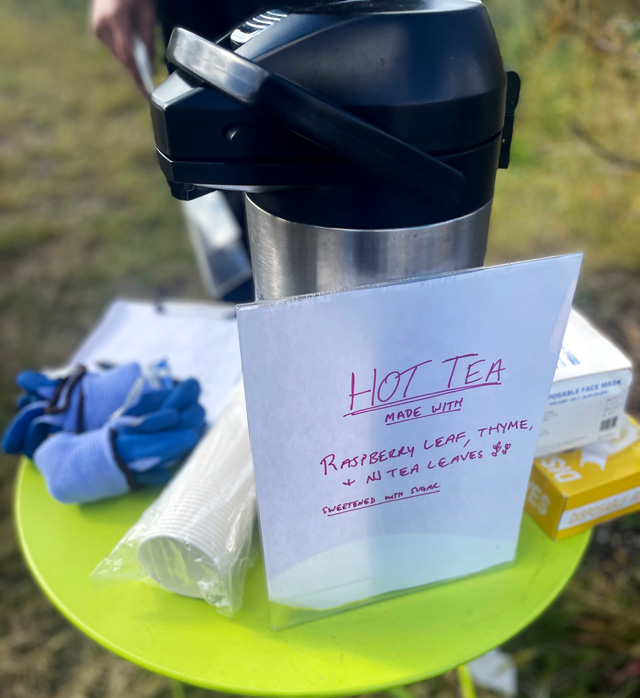
Aside from coming to the park to volunteer alongside the Bronx River Alliance, individuals can also participate in canoe paddling, and also the free farmer’s market from 12pm to 3pm.

Saved under Featured Slide, News
